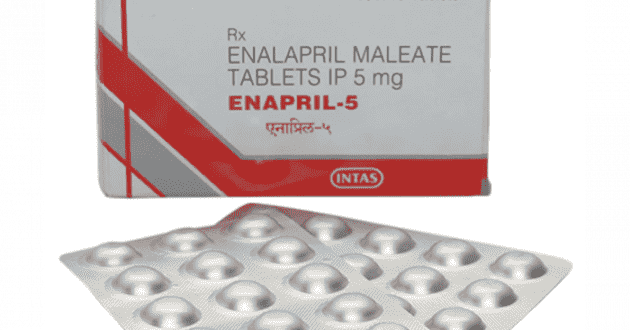Heart Problems In Athletes
- - Category: Diseases & Conditions
- - 09 Nov, 2017
- - Views: 1.2k
- Save
Most common heart problems in athletes are described in this article.
Athletes are considered to be the healthiest segments of our society. However, the occurrence of sudden death due to cardiovascular diseases in this population is quite perplexing. Regular and intense physical activity can cause physiologic changes to the cardiovascular system that can lead to cardiovascular disease, and the pre-existing heart disease may be exacerbated by strenuous exercise.
Most common heart problems in athletes are:
Athlete’s heart. People who train for more than 1 hour a day may develop structural and functional changes in the heart, which differs from that of a normal individual. The changes can be seen on echocardiogram and may include larger left-ventricular wall muscle mass, thickness and chamber size. In simple words, the heart becomes enlarged and the heart rate when the person is at rest is lower than normal. The changes are usually asymptomatic, but sometimes there can be observed bradycardia, a systolic murmur and extra heart sounds. These signs show structural heart changes that are adaptive for intense exercise, and are more typical for men.
The condition is considered benign and requires no treatment, although it is significant because it may hide a serious heart disease or may be even mistaken for one.
Right ventricular dysplasia. Since highly trained athletes may have right ventricular enlargement there is a need to differentiate diagnosis between the athlete’s heart and right ventricular dysplasia. The cause of this heart muscle disorder is not known. The condition is characterized by fibro-fatty replacement of the right ventricular myocardium. The clinical profile includes functional and structural abnormalities of the right ventricle, irregular heart beat (ventricular and supraventricular arrhythmias) and the risk for sudden cardiac death.
Hypertrophic cardiomyopathy. It occurs due to the heart muscle cells enlargement that causes the left ventricle walls to thicken. The size of the ventricle often remains the same, but the thickening may occasionally block the blood flow out of the ventricle. The disease is a common cause of sudden cardiac death, especially in young athletes.
Although physical activity is generally healthy, athletes who participate in endurance sports and activities are exposed to higher risk of heart rhythm problems. And while regular exercise reduces the risk of sudden death in people with coronary artery disease, it acutely increases the sudden death during exercising for those who have a heart disease that predisposes to it. Therefore screening athletes for heart disease and conditions that may increase the risk of potentially deadly conditions is very important.


